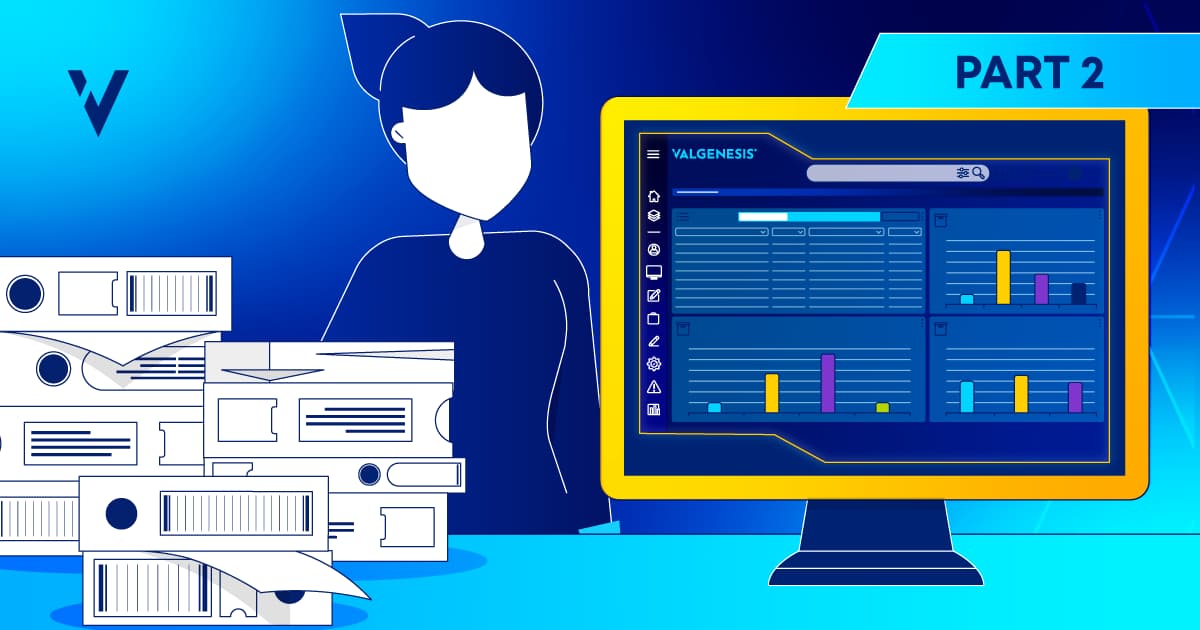
Published on March 22, 2023
Reading time: -- minutes
Last updated on November 4, 2024



This is a successful story about the application of the Quality by Design (QbD) framework in the development of a drug product. However, this time we’re not alone, as this was a joint project with Libbs Farmacêutica!
Despite the well-known benefits of using a QbD approach, many pharmaceutical companies still struggle to put this methodology into practice. In this story, we’ll share the steps we took to successfully apply the QbD framework to a real-world case.
Curious about the outcomes of this partnership? Keep reading!
As defined by ICH Q8 (R2), QbD is a systematic approach to development that begins with predefined objectives and emphasizes product and process understanding and process control, based on sound science and quality risk management.
In this project, we applied the QbD approach and its concepts in the development of a generic two-API (active pharmaceutical ingredient) solid dosage oral form. Our goals were to accelerate the time to market, assure process assertiveness and reduce risks of defects after product launch.
First, we started with a criticality assessment (CA) to identify the Critical Quality Attributes (CQAs). And how did we do this? By going through product information from literature, data of the reference product, and the Quality target product profile (QTPP).
However, we didn’t just get the standard list with product quality attributes. We also assessed these characteristics from a risk-to-patient perspective. For this, we used our quality risk management platform that ensured standardization of the definition of critical quality.
With the CQAs and respective targets defined, the next step was to design the manufacturing process to meet those requirements. To get to the chosen process, the technical team evaluated different manufacturing processes, based on process knowledge and experience.
The next step of the QbD methodology was to assess the critical aspects of the product formulation. Using a combination of risk-based and data-driven approaches, we started with a preliminary CA to identify which excipient and/or combination of excipients might present the highest risk to the final product’s quality.
Thus, by using the risk tool Cause-Effect Matrix (CEM) to perform this CA, we identified five excipients as having the highest impact on the product’s quality.
Additionally, to characterize the formulation components’ impact on the product’s defined CQAs, we followed a design of experiments (DoE) approach.
After that, we used a similar approach with the CEM risk tool to define the critical aspects of the manufacturing process. This allowed us to determine the Critical Process Parameters (CPPs).
Initially, we defined a small-scale Design Space (DS) with the knowledge obtained from the CA and the DoE results. However, a commercial-scale development requires different design strategies and equipment that may impact the product’s quality. Therefore, when scaling up, there’s the need to adapt the DS in commercial scale.
Along with the scale-up strategies, we performed a process risk assessment (RA) using the Failure Mode and Effect Analysis (FMEA) methodology. This methodology allowed the quantification of risks and prioritization for their mitigation. At the end, the process control strategy was defined based on the RA exercise and the characteristics of the Normal operating range (NOR)/DS, being formalized with the support of ValGenesis iRisk risk management platform.
Finally, the process and product understanding obtained by applying QbD allowed the creation of a product knowledge base. This knowledge base makes it easier to know what impact any change will have, and therefore supports the future decision-making.
Thus, it’s of utmost importance to keep the risk and knowledge base updated, since any potential change, whether by necessity (e.g., change in supplier, change of equipment) or for product and/or process improvement, must be evaluated from both a knowledge and risk-based perspective.
We’ve already told you that this was a successful project but, because oftentimes numbers speak louder than words, here’s our result: 30% reduction in the overall development and validation time vs. a traditional approach.
Besides this reduction, developing a drug product using QbD brings other benefits:
If this story inspired you to implement a QbD framework in your processes, our team is ready to give you all the support needed!
With our QRM platform and our knowledge and expertise on QbD implementation, we can help you obtain all the benefits a QbD approach can bring to your processes and products!
Take a look at our QbD services and don’t hesitate to contact us if you think we can support you!

Paper-based workflows have been the industry standard for validating systems and processes. But companies gain many benefits from going digital. (Part 2 of 2)
By Lisa Weeks
Read.jpg)
In this blog post we explore the topic of minimising the subjectivity in Risk Assessments through Digitalisation of processes.
By Ricardo Leandro
Read
Digitalizing QbD frameworks enhances CMC development and tech transfer efficiency, transforming process knowledge into a strategic asset for faster manufacturing.
By Sofia Santos
Read